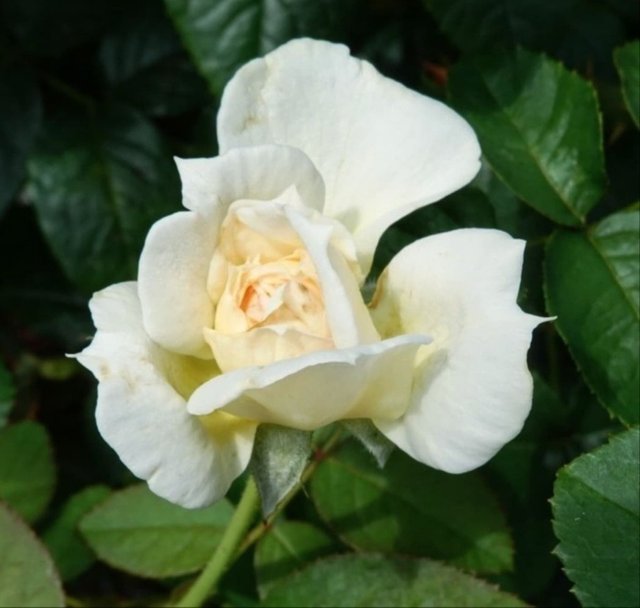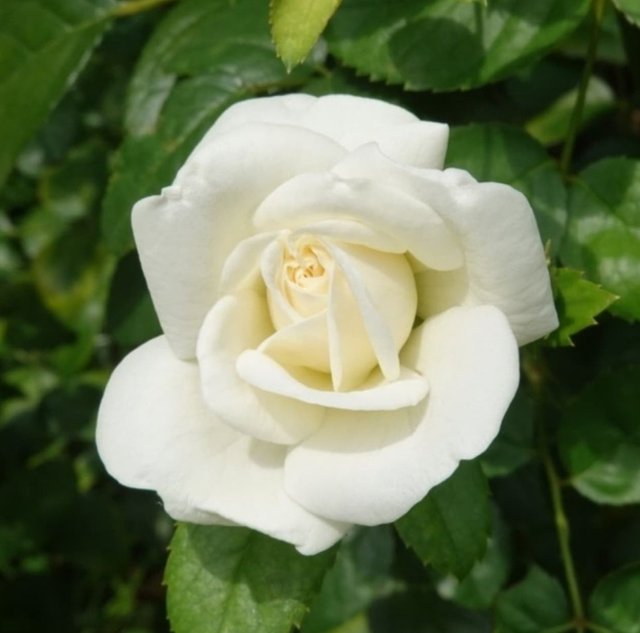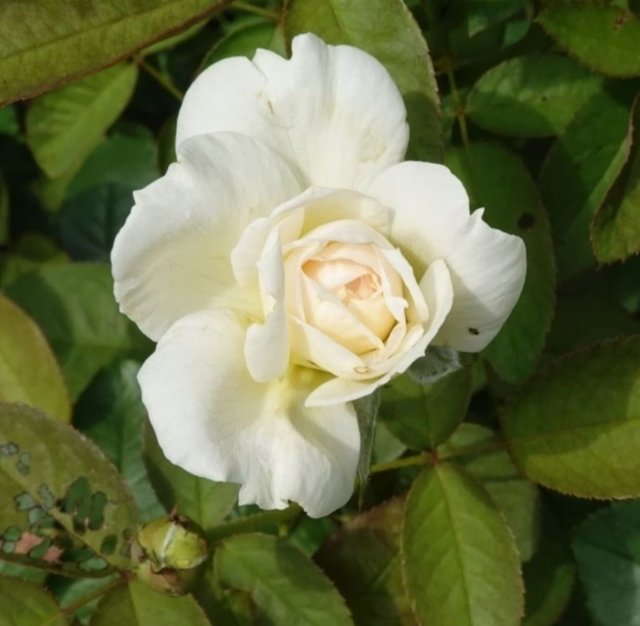Beautiful Yellow Colour White Rose of York Flower
The White Rose of York is a symbol steeped in English history, evoking the dramatic and often tumultuous era of the Wars of the Roses. This emblematic flower, associated with the House of York, represents not just a family or a political faction but a significant chapter in the story of medieval England.
Origins and Symbolism
The white rose as a symbol is believed to date back to the 14th century. The House of York adopted the rose as its emblem, contrasting with the red rose of their rivals, the House of Lancaster. Both houses were cadet branches of the Plantagenet dynasty, and their conflict for the English throne is famously known as the Wars of the Roses, a series of dynastic wars fought from 1455 to 1487.
The white rose is traditionally associated with purity and innocence, a symbol of peace and hope. However, in the context of the Wars of the Roses, it took on a more martial connotation, representing the Yorkist cause. The purity of the white rose was a stark visual contrast to the blood-red rose of Lancaster, symbolizing the fierce and often brutal battle for control over the English crown.
The Wars of the Roses
The Wars of the Roses were essentially a struggle for power between two rival branches of the Plantagenet family: the Lancasters and the Yorks. The conflict was marked by a series of bloody battles, shifting alliances, and political intrigue. The white rose became a rallying symbol for those who supported the Yorkist claim to the throne, particularly during the reign of Richard III, the last Yorkist king.
The most significant battle involving the White Rose of York was the Battle of Towton in 1461. It was one of the largest and bloodiest battles ever fought on English soil. The Yorkist forces, led by Edward IV, who would become one of the most prominent figures of the Yorkist cause, defeated the Lancastrians, solidifying their claim to the throne. Edward IV’s reign was marked by relative stability, but the conflict flared up again after his death, culminating in the eventual defeat of Richard III at the Battle of Bosworth Field in 1485. This battle effectively ended the Wars of the Roses, leading to the rise of the Tudor dynasty, which unified the white rose of York and the red rose of Lancaster into the Tudor rose, symbolizing the end of the conflict and the beginning of a new era.





those are some beautiful flowers thanks for sharing.